Harris delivery: Shiranui and Bearss Lemon
Alanna Migliacci
6 years ago
Featured Answer
Sort by:Oldest
Comments (37)
Denise Becker
6 years agoLaura LaRosa (7b)
6 years agoRelated Discussions
It has arrived..New Zealand Lemonade
Comments (83)Laura, you enabler you! ! :D The Giant Key Lime was one citrus I have seriously considered ordering. I have two Mexican Key Limes, a Kaffir, and a Bearss Lime currently, after I receive my next order from Harris, hopefully later this week, I still want to place an order later this fall with Four Winds for Santa Teresa Lemon and Bergamot Sour Orange etc.. My collection is increasing and I want to make sure I get the ones I have been coveting and that I have room for all of them come winter. After that, if they make it through the winter alright, and my hubby and I finish building another upcycled GH, I will possibly add a few more... Hobby, thank you for the concern about the soil settling and the roots showing. :) I actually filled the pots up just a bit under the rim so I would still have room to water without overflow.The pot on the right had more roots showing than I would like, so I did cover them up a bit more this morning after I watered. I don't mind having a few roots showing though. From what I researched and read, the Bearss Lemon cultivator was selected in a Grove in FL. The parent tree was planted in 1892, supposedly. Description: Is a fast growing tree, very productive, very fragrant blooms and bears an abundance of very juicy acidic fruit July through December. Tree is vigorous, thorny, and sensitive to cold. Bearss out produces both Eureka and Lisbon. The flavor is outstanding. Has up to six seeds per fruit. A true lemon. This lemon is grown in Brazil, much appreciated for its fragrance, . Most of the crop is eaten fresh, some is used for rind oil. I read a lot of positive reviews on the Bearss and heard the fruit has outstanding flavor and slightly larger than Eureka. Win Win for me!! Hobby, the Baboon Lemon would be a good one to add to your list also.. the leaves smell divine!! :)...See MoreAnyone planning on a fall order??
Comments (57)PacNorWreck, check out the Gold Nugget on Four Winds website.. I am not familiar with what you can grow in your neck of the woods, but, it is a great one for container growing, and, does not need high heat for the fruit to sweeten up and ripen. :) Oh, and, also check out the Trovita Sweet Orange, it is also supposed to be good for growing in a container, and, does not need high heat for the fruit to sweeten up. I would call and talk to the folks at Four Winds for recommendations.. I have both varieties.....See MoreWhat Lemon variety should I get?
Comments (47)Thanks Laura! And no problem :) I like learning new information from the posts I see here so it only feels right to share what interesting things I stumble upon. Sometimes the common sites that show up on the first page of Google repeat the same things and my curiosity isn't satisfied enough. I'm glad she spurred me on to read slower and understand it better. The way you describe the ST Susanne...almost made me forget that I wanted a NZL...See MoreCredit card took a hit !!! :)
Comments (47)Laura, thank you for thinking of me and trying to message me. I have no idea how to fix that here on Houzz.. :) I have been keeping in touch with Ruth about the Bergamot since last summer. It was supposed to be ready by late summer 2016. Then late fall 2016. Then spring 2017. Then mid- summer 2017.. Then September.. October and now next spring 2018!! Man, that is one slow growing tree! :D I just talked to Ruth again last Thursday and she said it should be ready by the middle of October. I talked to her brother this afternoon and he said it should be ready by the end of October. I have a feeling it will not be ready, like you said, until early spring 2018. It is good that you went ahead and ordered it from FW.. I wonder what rootstock the Bergamot is on and that Harris and FW are using. It sounds like it needs a pretty warm, consistent temperature to get a good growth rate.. I know that they are batting down the hatches in Leu of the hurricane. I am worried for them all also. I told them to stay safe and my prayers are with them. PS: I asked Ruth about the Sugarbelle Tangelo last year after seeing it listed on the back of their brochure. She told me the same thing as you, Laura. Not available yet to the general backyard growers.....See MoreKelley_GA8a
6 years agolast modified: 6 years agoDenise Becker
6 years agomyermike_1micha
6 years agolast modified: 6 years agoAlanna Migliacci
6 years agoKelley_GA8a
6 years agohibiscus909
6 years agoHome
6 years agolast modified: 6 years agomyermike_1micha
6 years agolast modified: 6 years agoVladimir (Zone 5b Massachusetts)
6 years agoNancy
6 years agolast modified: 6 years agoDenise Becker
6 years agomksmth zone 7a Tulsa Oklahoma
6 years agojenny_in_se_pa
6 years agoAlanna Migliacci
6 years agoKelley_GA8a
6 years agoSilica
6 years agojinnylea
6 years agolast modified: 6 years agoAlanna Migliacci
6 years agojohnmerr
6 years agolast modified: 6 years agoKelley_GA8a
6 years agoKelley_GA8a
5 years agoAlanna Migliacci
5 years agoVladimir (Zone 5b Massachusetts)
5 years agolast modified: 5 years agotropicofcancer (6b SW-PA)
5 years agoVladimir (Zone 5b Massachusetts)
5 years agoHome
5 years agolast modified: 5 years agotropicofcancer (6b SW-PA)
5 years agoVladimir (Zone 5b Massachusetts)
5 years agoVladimir (Zone 5b Massachusetts)
5 years agoNancy
5 years agotropicofcancer (6b SW-PA)
5 years agolast modified: 5 years agotropicofcancer (6b SW-PA)
5 years agolast modified: 5 years agoNancy
5 years agotropicofcancer (6b SW-PA)
5 years ago




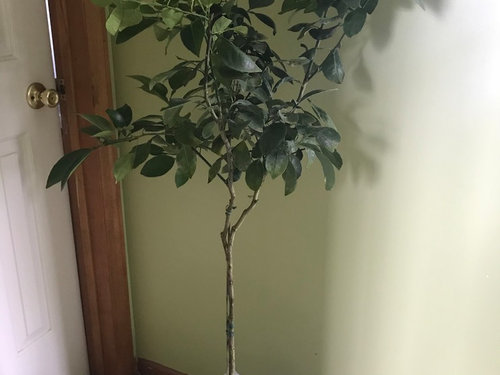










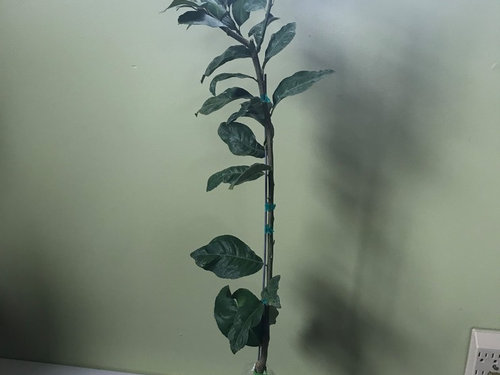



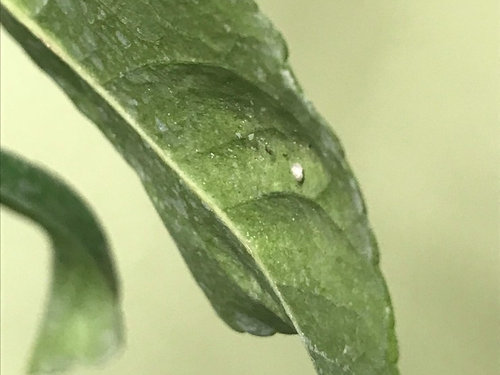





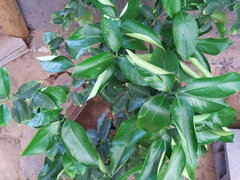



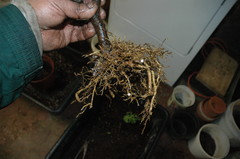
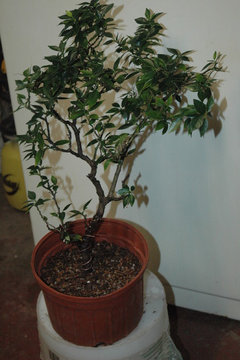


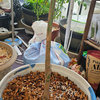
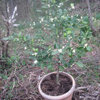
Alanna MigliacciOriginal Author